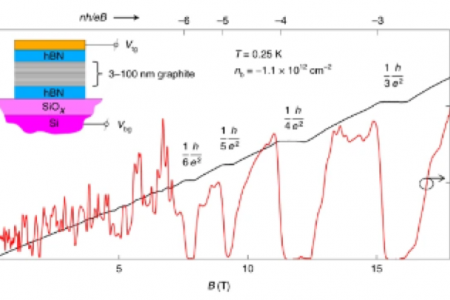A lire aussi
LNCMI hybrid magnet reaches 42 Tesla
13 November 2024
par Super Administrateur
High-strength copper/silver alloys processed by cold spraying for DC and pulsed high magnetic Fields
15 May 2024
par Super Administrateur
The new transformer
60 MVA 225 kV/15 kV
03 April 2024
par Super Administrateur

